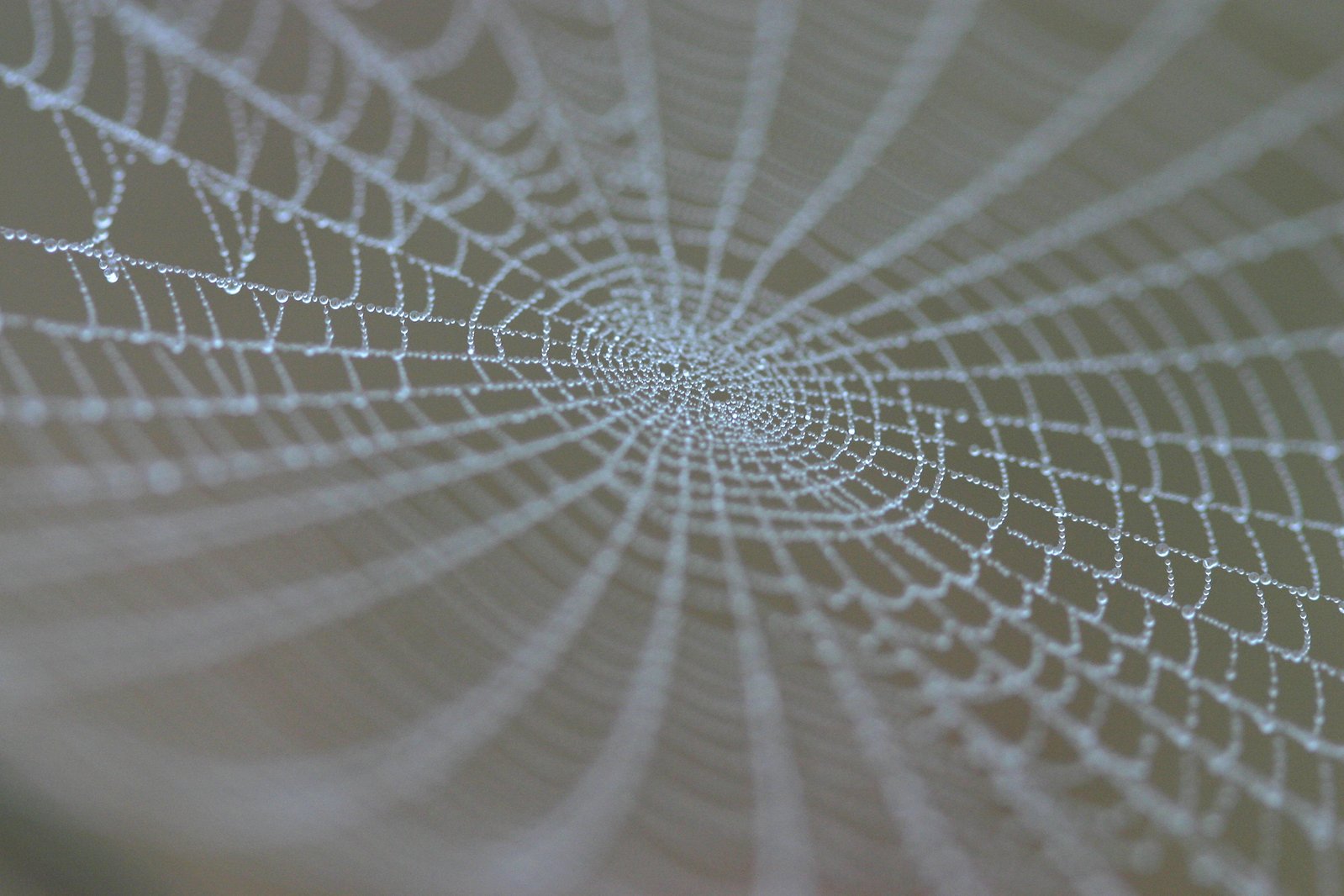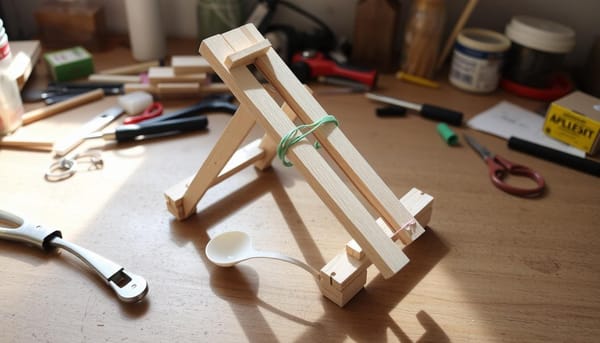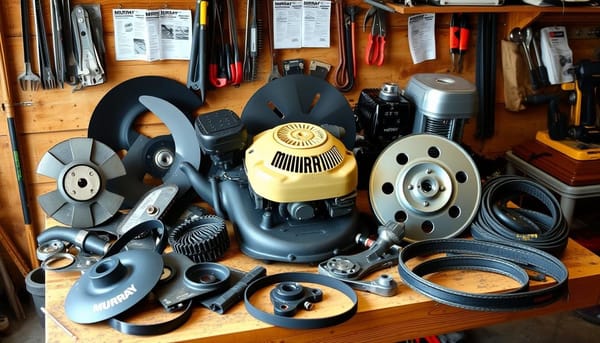The Future of Fabric is Super-Strong Spider Silk

In a previous article, I promised no more hideous alliterations... but this one is pretty good, so it doesn't count. Ready to hear about something awesome? Great! Let's begin.
What's stronger than steel but softer than wool? More elastic than rubber bands and made naturally by quadrillions of creatures worldwide? If you said spider silk, you are absolutely correct. Spoiler Alert: no spiders were harmed in the making of the following product.
For centuries scientists have been looking to nature to solve some of our biggest problems and today's startup is no different. Bolt Threads, a startup founded by three scientists at UCSF and UC Berkeley draws inspiration directly from nature's most amazing little arachnids. So you're probably not the kind of person who spots a spider in your home, names them and calls them your roommate (that would be me) but the more you know about spiders and their amazing silk, the more amazed and inspired you will be by your tiny house guests.
What makes spider silk such an amazing accomplishment? Besides the fact that spider webs are ornate and elaborate, inspiring artistic and structural design, spider silk is also 5 times stronger than steel, lightweight, durable and petroleum-free. This makes it the perfect material for products like apparel, waterproof bags, bulletproof clothing and even bridge suspension ropes because this natural fiber is finer than cotton but stronger than nylon and contains qualities of naturally produced and artificially created fibers. It is also easily customizable for uses beyond the ones mentioned so far.
At Bolt Threads, we believe that living in an increasingly resource-constrained world means we have a responsibility to find more sustainable ways of creating materials. So we are committed to developing products with the lowest possible environmental footprint.
How did this idea come about? The scientists at Bolt Threads studied spiders and their silk production to understand how spiders' DNA contributed to the characteristics of their web production. After they studied the spiders' silk production, they derived a process to replicate the silk in a way that did not use spiders at all, meaning, not only would scientists not have to handle spiders but spiders aren't exploited in the silk production process and silk can be produced and customized in massive quantities, which cannot be naturally replicated.
How is it done? Bolt Threads Engineered Silk™ fibers are created using sugar, water, salts, and yeast. The yeast produces the silk protein in liquid form; Bolt Threads compares this process to beer-making because both processes involve yeast fermentation. The liquid silk protein is then spun into a fiber using the same process that is used to make acrylic and rayon. The resulting fibers are knitted into fabrics. Though Bolt Threads studied spider silk and spider DNA, their Engineered Silk™ fibers are created out of protein so they do not themselves harm or include actual spiders.
A few words on GMOs. If you remember my article on real tasting, fake meat, I don't harbor resentment or mistrust against GMOs, however, if you do, the company is quite transparent about how they are used. GMOs are included in some production steps as the yeast used is genetically modified. The production takes place in a closed loop process, inside of their sterile labs and when the process is terminated, the yeast is destroyed using heat. This isn't new, the process Bolt Threads uses to modify their yeast has been used and tested for decades. On their website, they assure all interested parties that this process is not only harmless but it may actually be better for the planet and people by reducing waste created in similar textile production processes. What about other products involved in the production? According to their site, the sugar used in their facilities are, like in other fermentation facilities across the United States, produced using corn sugar which is derived from GMO corn. They are hopeful that in the future, sugar can be produced using non-food items, such as crop residues, wood residues, and other cellulosic feedstocks.
We believe that answers to our most vexing problems can be found in nature. Every day we’re inspired by the amazing materials we work with, and driven by the desire to turn these materials into incredible products.
So when do their products hit the shelves? Last month, they collaborated with Mountain Meadow Wool Mill to produce new innovative fabrics by combining the two technologies. The resulting product was the Cap of Courage, a Microsilk™ Cap made from bioengineered silk and Rambouillet Wool. The initial launch which is over included 100 units, however, they hope to do more launches in the near future. For further updates on their products and achievements, be sure to follow their blog!
boltthreads.com
Fyxes
Thoughts, stories and ideas.




